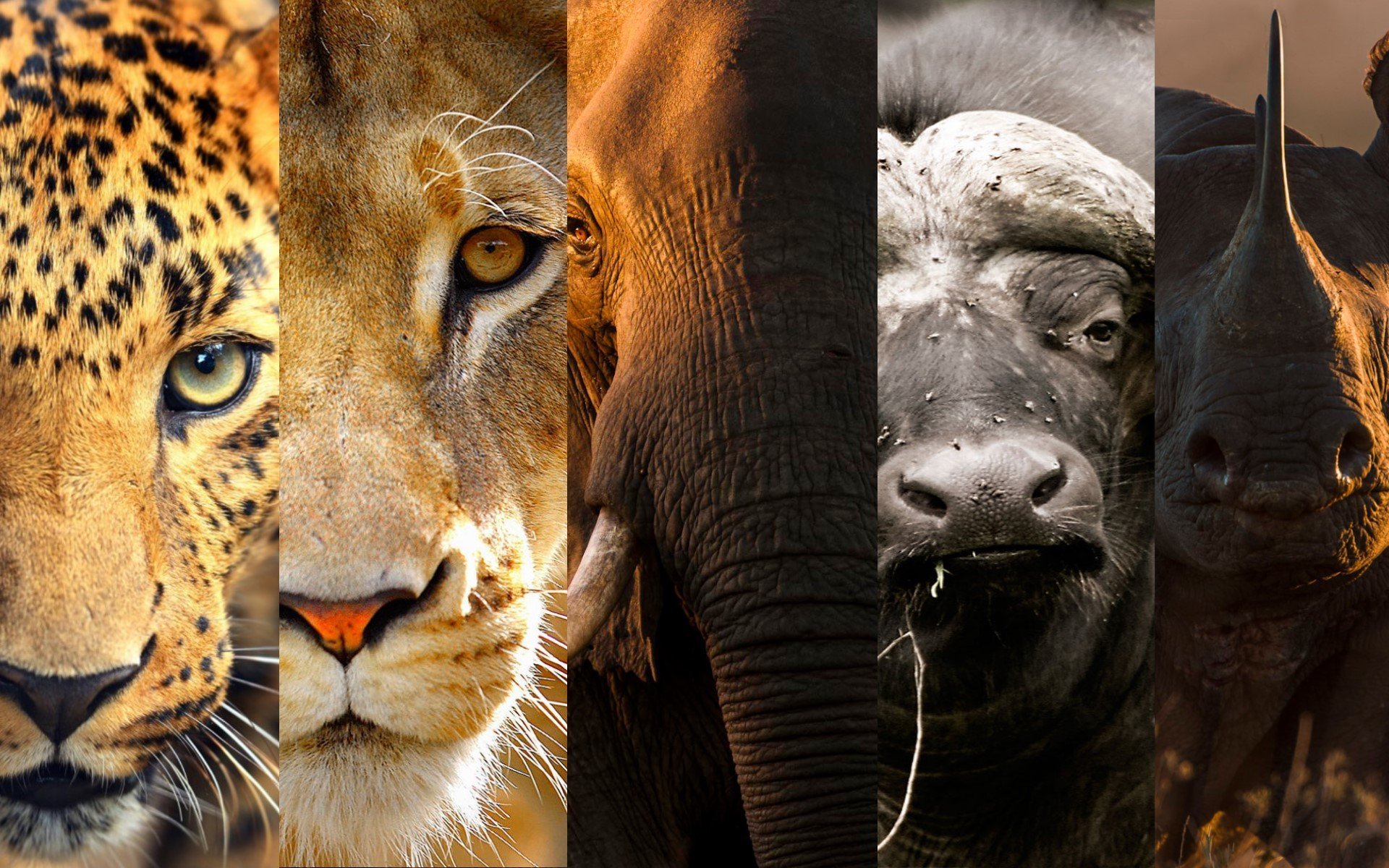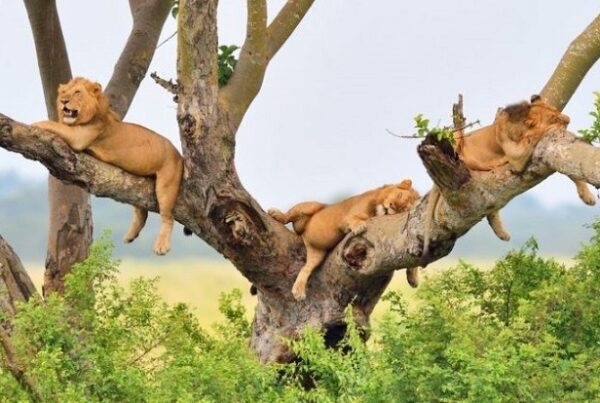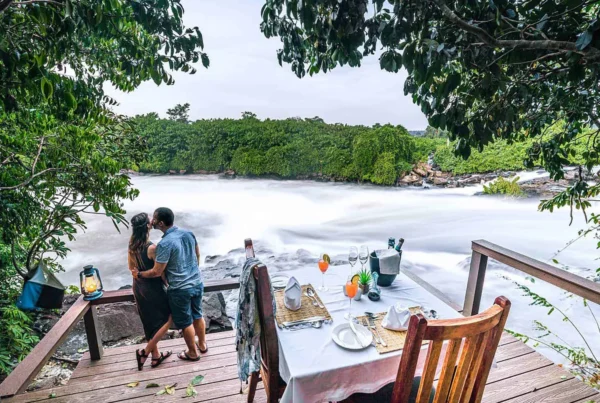Best Places To See the Big Five Animals in Kenya
An Unforgettable Journey Into Kenya’s Wildlife Heartland
Kenya, a land of vast savannahs and rugged landscapes, is globally celebrated for its extraordinary wildlife. Among the many treasures hidden within its national parks and reserves, the legendary Big Five—lion, elephant, buffalo, leopard, and rhinoceros—stand out as symbols of Africa’s wild majesty. These iconic animals have long captured the imagination of travelers, photographers, and conservationists alike. To witness them in their natural habitats is to experience a profound connection to the raw and timeless beauty of the wilderness.
The Majesty of the Big Five: A Timeless African Legacy
The term “Big Five” originally referred to the five most challenging animals to hunt on foot in Africa, but today it has evolved into a benchmark for wildlife enthusiasts seeking unforgettable safari experiences. The allure of spotting these creatures in the wild draws thousands of visitors to Kenya annually. Each species embodies unique traits and behaviors that fascinate observers: the lion’s regal pride, the elephant’s majestic stature, the buffalo’s formidable presence, the leopard’s elusive grace, and the rhinoceros’ ancient power.
Kenya’s Premier Destinations for Big Five Sightings
Across Kenya, several protected areas have been recognized as prime locations where the Big Five roam freely. The rich biodiversity and committed conservation efforts in these parks and reserves provide ideal settings for those eager to encounter these magnificent creatures.
Masai Mara National Reserve, the jewel of Kenya’s safari destinations, offers unparalleled opportunities to see the Big Five in dramatic landscapes that stretch endlessly under a sweeping sky. It is here that the annual migration of wildebeest and zebra adds thrilling context to Big Five encounters. The diverse terrain of open plains, riverine forests, and acacia woodlands supports a high density of wildlife, enabling visitors to observe lions lounging in the shade, elephants moving in matriarchal herds, elusive leopards resting in trees, and powerful buffalo grazing in the grasslands. The occasional sighting of both black and white rhinoceroses adds to the excitement, although these encounters require a careful eye due to the rhinos’ preference for denser thickets.
In the heart of Kenya’s Rift Valley lies Lake Nakuru National Park, renowned primarily for its stunning flamingo populations but also distinguished as a sanctuary for both black and white rhinoceroses. The park’s rich grasslands and woodlands create an environment where the Big Five can be observed with relative ease. Buffalo herds roam in impressive numbers, while lions patrol their territories. Leopards, though solitary and secretive, are present and occasionally seen by the vigilant traveler. The park’s location near the Great Rift Valley escarpment adds dramatic vistas to every safari experience.
Moving eastward, Tsavo National Parks—comprising Tsavo East and Tsavo West—offer expansive wilderness areas where the Big Five thrive. Tsavo East’s vast red earth plains, dotted with acacia trees and waterholes, provide natural gathering points for elephants and buffalo. The park’s rugged landscape is home to prides of lions that hunt across wide territories. Leopards, typically shy, are residents of the rocky outcrops and thickets. Rhino sightings, while less frequent here compared to other parks, are still possible due to ongoing conservation efforts. Tsavo West, with its volcanic hills and dense forests, complements the eastern park’s terrain, creating a diverse ecosystem that supports the full spectrum of Kenya’s wildlife.
Conservation Efforts and the Role of Protected Areas
The survival of the Big Five in Kenya has depended heavily on rigorous conservation policies and the establishment of protected areas. These parks and reserves are managed with the dual objectives of preserving natural habitats and promoting sustainable tourism. The presence of anti-poaching units, community engagement initiatives, and international partnerships has contributed significantly to the protection of vulnerable species, particularly the rhinoceros, whose populations were once critically endangered.
Visitors to Kenya’s wildlife reserves benefit not only from the chance to witness extraordinary animal behavior but also from the knowledge that their tourism dollars contribute to ongoing preservation efforts. The delicate balance between human activity and wildlife survival is maintained through careful regulation of park access, vehicle movement, and visitor conduct.
Experiencing the Big Five: What Makes Kenya Unique?
The experience of seeing the Big Five in Kenya differs from other safari destinations due to the country’s exceptional combination of geography, climate, and biodiversity. The seasonal migrations and the mix of savannah, woodland, and wetlands create dynamic environments where animal behaviors can be observed in varied contexts.
Game drives in Kenya often unfold at dawn or dusk, when animals are most active, heightening the sense of anticipation and connection. The expert knowledge of local guides enriches every sighting, offering insights into the habits, social structures, and ecological roles of the Big Five species. Additionally, the cultural heritage of Kenya’s indigenous communities, such as the Maasai, adds a profound human dimension to the safari experience, connecting travelers to traditions deeply intertwined with the land and its wildlife.
Planning Your Safari: Tips for an Unrivaled Adventure
A successful safari to see the Big Five in Kenya hinges on thoughtful planning. The choice of park or reserve, timing of the visit, and mode of travel all influence the quality of the experience. Dry seasons typically provide better visibility and higher chances of animal sightings as wildlife congregates near water sources. Early morning and late afternoon game drives maximize the opportunity to observe natural animal behavior.
Accommodations range from luxury lodges offering panoramic views to tented camps providing immersive wilderness experiences. Regardless of preference, the goal remains the same: to witness these majestic animals in settings as close to their natural environment as possible, with minimal disturbance.
The Ultimate Safari Experience Awaits with WildHorn Africa
For those inspired to embark on this remarkable journey through Kenya’s Big Five territories, expert assistance and trusted arrangements make all the difference. Tours and safaris organized through WildHorn Africa ensure that every aspect—from transport to accommodation and guided excursions—is handled with professionalism and care. Their deep understanding of Kenya’s diverse ecosystems and wildlife hotspots guarantees access to the best viewing opportunities.
By booking with WildHorn Africa, travelers are supported by experienced guides, thoughtfully curated itineraries, and a commitment to responsible tourism. This approach not only maximizes the chances of memorable Big Five sightings but also contributes positively to conservation and local communities.
Kenya remains one of the world’s most extraordinary places to witness the Big Five animals. Its combination of spectacular landscapes, robust conservation programs, and rich cultural heritage creates an unrivaled safari experience. To see these iconic species in their natural habitat is to touch the soul of Africa itself. Planning such a journey with the guidance of experts like WildHorn Africa ensures that the adventure will be as seamless as it is unforgettable.





 WildHorn Africa – Authentic and unforgettable tours across Africa, guided by local experts who know the land, wildlife, and culture best.
WildHorn Africa – Authentic and unforgettable tours across Africa, guided by local experts who know the land, wildlife, and culture best.


